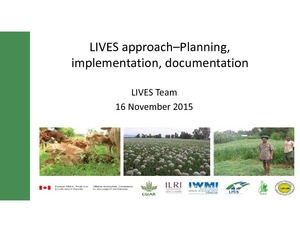Honduras
Honduras is Central America’s
second-largest country with a population of more than 8
million and a land area of about 112,000 square kilometers.
The 20th century witnessed a profound economic
transformation and modernization in Honduras. Honduras’
persistent poverty is the result of long-term low per capita
growth and high inequality, perpetuated by the country’s
high vulnerability to shocks. First, over the past 40 years


